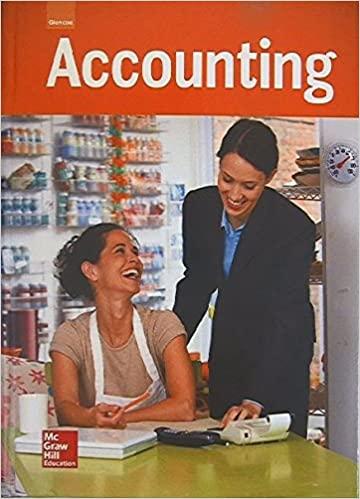Answered step by step
Verified Expert Solution
Question
1 Approved Answer
1. What would Barnacle's profits be if Marge pursues a limit-pricing strategy if the subsidy is in place? 2. What would be the profit of

1. What would Barnacle's profits be if Marge pursues a limit-pricing strategy if the subsidy is in place?
2. What would be the profit of a new entrant if the subsidy is eliminated and Barnacle continues to produce the monopoly level of output?
Barnacle Industries was awarded a patent over 15 years ago for a unique industrial strength cleaner that removes barnacles and other particles from the hulls of ships. Thanks to its monopoly position, Barnacle has earned more than $160 million over the past decade. Its customersspanning the gamut from cruise lines to freighters-use the product because it reduces their fuel bills. The annual (inverse) demand function for Barnacle's product is given by P= 280 -0.00005Q, and Barnacle's cost function is given by CIQ) = 230Q. Thanks to subsidies stemming from an energy bill passed by Congress nearly two decades ago, Barnacle does not have any fixed costs: The federal government essentially pays for the plant and capital equipment required to make this energy-saving product. Absent this subsidy, Barnacle's fixed costs would be about $7 million annually. Knowing that the company's patent will soon expire, Marge, Barnacle's manager, is concerned that entrants will qualify for the subsidy, enter the market, and produce a perfect substitute at an identical cost. With interest rates at 7 percent, Marge is considering a limit-pricing strategy. Barnacle Industries was awarded a patent over 15 years ago for a unique industrial strength cleaner that removes barnacles and other particles from the hulls of ships. Thanks to its monopoly position, Barnacle has earned more than $160 million over the past decade. Its customersspanning the gamut from cruise lines to freighters-use the product because it reduces their fuel bills. The annual (inverse) demand function for Barnacle's product is given by P= 280 -0.00005Q, and Barnacle's cost function is given by CIQ) = 230Q. Thanks to subsidies stemming from an energy bill passed by Congress nearly two decades ago, Barnacle does not have any fixed costs: The federal government essentially pays for the plant and capital equipment required to make this energy-saving product. Absent this subsidy, Barnacle's fixed costs would be about $7 million annually. Knowing that the company's patent will soon expire, Marge, Barnacle's manager, is concerned that entrants will qualify for the subsidy, enter the market, and produce a perfect substitute at an identical cost. With interest rates at 7 percent, Marge is considering a limit-pricing strategyStep by Step Solution
There are 3 Steps involved in it
Step: 1

Get Instant Access to Expert-Tailored Solutions
See step-by-step solutions with expert insights and AI powered tools for academic success
Step: 2

Step: 3

Ace Your Homework with AI
Get the answers you need in no time with our AI-driven, step-by-step assistance
Get Started


